|
Each fall, Minnesota Department of Human Services (DHS) mails information to all Minnesota Health Care Program (MHCP) members who receive their health care coverage through a health plan such as Hennepin Health. Members will see a mailing in the coming weeks.
You do not have to do anything to keep your health plan with Hennepin Health. The time period for annual health plan selection ends Friday, December 3.
You can get information about the annual health plan selection (AHPS) at https://mn.gov/dhs/health-plan-selection/. You will find resources on selecting or changing health plans, frequently asked questions, and contact information.
Now is a good time to update your records by doing these two things if they apply to you:
- Let your county worker know if your address has changed since last October.
- Let your county worker know if you are pregnant so you can receive additional health benefits.
If you have questions about our health plan coverage, call us at 612-596-1036, TTY 800-627-3529.
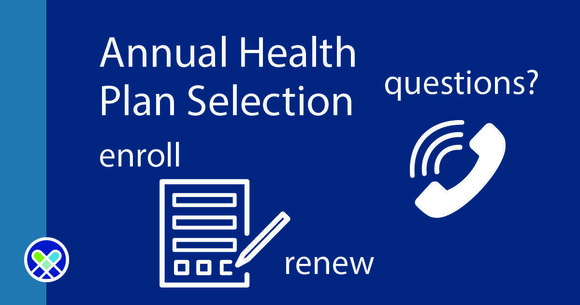

Flu season is here. Now is the time to get a flu shot for you and your family. Flu shots are safe and covered by your health plan with zero cost to you.
You can get a flu shot at your clinic, local pharmacy and some retail locations. Check this list of pharmacies for a location near you.
Protect your health and the people around you.
|
The COVID-19 pandemic has impacted the Hennepin Health member population. More than 2,300 have tested positive for COVID, 300 have been admitted to the hospital for care, and 34 have died.
The good news is that nearly 7,000 members have been vaccinated. Vaccines are safe and highly effective at preventing a severe case, hospitalization and death.
Now through November 30, the State of Minnesota is offering teens (12-17) $200 and a shot at a $100,000 scholarship when they complete their COVID-19 vaccine series. Visit http://mn.gov/.../vaccine-rewards/kids-deserve-a-shot/ for more information.
You can stop the spread
Hennepin County is currently experiencing a high community transmission rate.
- Wear a mask indoors or in crowded outdoor spaces.
- Wash your hands.
- Maintain social distance.
- Stay home when you feel sick.
- Get vaccinated. Go to your clinic website to schedule an appointment and for more information. For public vaccination events in Hennepin County, visit www.hennepin.us/residents/health-medical/COVID-19-vaccination.
Booster shots
Not everyone needs a booster shot right away. Health officials recommend getting a booster shot if you:
- Are 65 years of age or older.
- Live in a long-term care facility.
- Got the Johnson & Johnson vaccine at least 2 months ago.
- Are 50-64 years old with certain underlying medical conditions
- 18-49 years old and at high risk for severe COVID-19 disease because of certain underlying medical conditions
- 18-64 years and at increased risk for getting COVID-19 disease because of where you live or work (e.g., frontline medical workers, educators and child care personnel, first responders).
The FDA is allowing eligible Americans to mix-and-match their booster shots. This means you can choose to receive an additional dose from any of the three brands that are available.
You should talk with your health care provider about your risk and the need for a booster dose.
If you need transportation, interpreter services or have any questions about the COVID-19 vaccine, call Member Services at 612-596-1036 (TTY 1-800-627-3529).
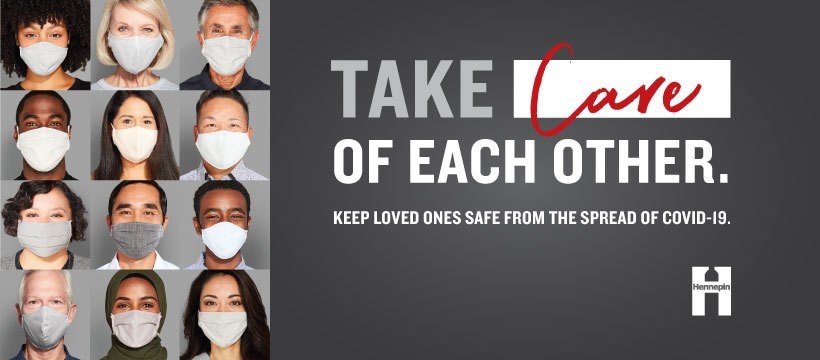

Dr. Nathaniel Scott became Hennepin Health’s chief medical officer on October 10.
Dr. Scott has a background in emergency and internal medicine. He has special interests in medical education and quality improvement. Most recently, he was the deputy vice president of Medical Affairs and the medical director of Acute Care Quality at Hennepin Healthcare. Dr. Scott is an assistant professor at the University of Minnesota Medical School.
He also serves as a member of the Hennepin Health Clinical Strategy Committee. Dr. Scott comments that he is “excited to be joining the team. It’s a tremendous honor, and I look forward to digging in to the work.”
|
The Enrollee Advisory Council (EAC), who are Hennepin Health members, met on October 14. Members discussed the following topics:
- Council members for 2022
- Hennepin County Human Services walk in strategy with Jason Hedin
- Introduction of Chief Medical Officer Dr. Nathaniel Scott and COVID-19 updates from Dr. Scott
- Preventive care checkups, wellness checks and flu shots
- Marketing campaign for the annual health plan selection period
- YMCA gym benefit pilot for MinnesotaCare members
The EAC gives feedback on overall health care issues and new Hennepin Health programs. Group feedback reflects the priorities and interests of members. If you have questions about the EAC, contact Member Services at 612-596-1036, TTY 800-627-3529.
With the holiday season approaching, wellness for you and your family is important. The Hennepin Health Healthwise Knowledgebase online health tool has lots of information to help you learn about health conditions and how to treat them.
- Mental health – While the holidays bring joy and togetherness, they can also increase stress. Stress can affect your mental health. Use Healthwise Knowledgebase to find out more about:
o Anxiety
o Depression
o Panic attacks
- Healthy eating – It’s common to eat a lot of sweets during the holidays, and to eat more than you normally do. Use Healthwise Knowledgebase for tips on:
o Healthy eating
o Healthy eating for children
o Weight management
Learn more, in English or Spanish, at www.healthwise.net/hennepin.
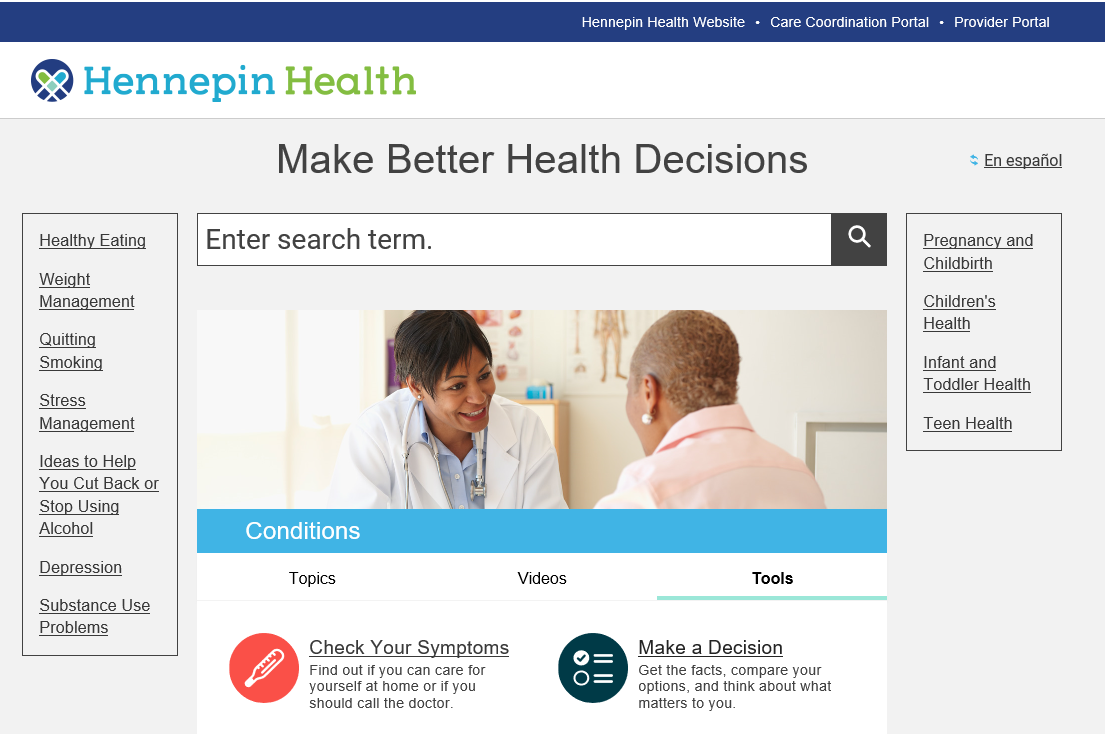
Breast cancer is the most common invasive cancer and the second leading cause of cancer death for women. For a woman in the U.S., there is a 1 in 8 chance she will develop breast cancer. In rare instances, breast cancer can also affect men.
However, screening and treatment improves survival rates. According to the American Cancer Society, there are currently more than 3.8 million breast cancer survivors in the U.S.
Symptoms of breast cancer
Usually, the first symptom is an area of thickened tissue in the breast, or a lump in the breast or armpit. Most breast lumps are not cancerous but you should visit your doctor for an exam if you notice one.
Other symptoms to watch for:
- Pain in the armpits or breast that does not change with the monthly cycle
- Pitting or redness of the skin of the breast, similar to the surface of an orange
- A rash around or on one of the nipples
- Discharge from a nipple, possibly containing blood
- A sunken or inverted nipple
- A change in the size or shape of the breast
- Peeling, flaking, or scaling of the skin on the breast or nipple
What you can do
Many women with breast cancer have no symptoms. This is why regular breast cancer screening is so important.
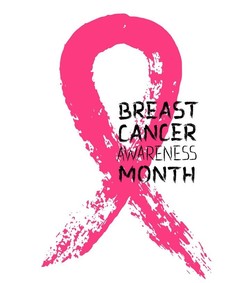
- Be aware of the symptoms of breast cancer.
- Get a mammogram. Your Hennepin Health health plan covers mammograms. The American Cancer Society recommends mammograms every year for women ages 45-54. Women 55 and older can switch to a mammogram every other year.
Learn more:
|
According to the CDC, more than 1 out of 3 unexpected infant deaths in the U.S. each year are from SIDS (Sudden Infant Death Syndrome). Research shows that soft or loose blankets in baby’s sleep area can be a leading cause of infant death.
The National Institute of Child Health and Human Development started Safe to Sleep in 1994 to teach about reducing the risk of SIDS. The campaign aims to:
- Share safe infant sleep information.
- Spread awareness of safe sleep practices.
You and others can take actions to help your baby sleep safely and to reduce your baby's risk of SIDS and other sleep-related causes of infant death. Simple actions can make a big difference.
Learning about SIDS and safe sleep for babies is important for all caregivers, not just for parents. Grandparents, aunts, uncles, babysitters, childcare providers and anyone else who might care for babies should learn more.
You can find videos, brochures and other materials in multiple languages at safetosleep.nichd.nih.gov/resources/caregivers.

November is American Diabetes Month and Diabetic Eye Disease Month. The American Diabetes Association aims to create awareness and education about diabetes, break down stereotypes and correct misunderstandings surrounding the disease. For anyone diagnosed with diabetes, it impacts nearly every daily decision—from what they'll eat, wear and do to how they'll take care of themselves.
Type 1 diabetes
Type 1 diabetes occurs at every age and in people of every race, shape and size. In type 1 diabetes, the body does not produce insulin. With the help of insulin therapy and other treatments, everyone can learn to manage their condition and live long, healthy lives.
Type 2 diabetes
Type 2 diabetes is the most common form of diabetes. It is where your body doesn’t use insulin properly. The two keys to managing type 2 diabetes are a healthy diet and exercise. Medication or insulin treatment can also help you manage it.
Diabetic eye disease
Diabetes is the leading cause of vision loss in people ages 18-64. There are no obvious signs or symptoms. However, an annual routine eye exam could prevent 95% of vision loss caused by diabetes.
- Know your risk. Get an annual comprehensive eye exam for early detection of diabetes-related eye problems.
- Know the warning signs. Signs or symptoms may not be noticed until they become too obvious to ignore.
- Blurred vision
- Dark spots or “holes”
- Flashes of light
- Seeing an increased amount of floaters
- Poor night vision
What you can do

Lung cancer accounts for about 27% of all cancer deaths. Lung cancer also has the lowest 5-year survival rate of the other most common cancers.
People breathe in and out about 12-15 times per minute at rest. Your lungs move fresh air in and waste gasses out of the body. Healthy lungs are important to a healthy body.
Signs of lung disease
Knowing the warning signs of lung disease can help you receive treatment before the disease becomes serious or life threatening.
- Nagging cough
- Shortness of breath
- Chronic mucus production that lasts a month or longer
- Wheezing
- Coughing up blood
- Chronic chest pain
What to do
If you experience warning signs, see your health care provider as soon as possible. Ask for a lung cancer screening. Early detection could save your life.
Learn more:

American Cancer Society’s Great American Smokeout
Smoking can lead to lung cancer. Smoking causes about 480,000 deaths every year. More than 16 million Americans live with a smoking-related disease. Quitting smoking can reduce your cancer risk.
Quitting smoking is not easy. But with time and a plan, you can do it. The American Cancer Society’s Great American Smokeout on November 18 can be your place to start your journey toward a smoke-free life.
To find out more, visit www.cancer.org/healthy/stay-away-from-tobacco/great-american-smokeout.html.
|
Chronic Obstructive Pulmonary Disease (COPD) is a progressive disease that makes it hard to breathe. COPD can cause a mucus-producing cough, wheezing, shortness of breath, chest tightness and other symptoms. Some people who have asthma can develop COPD. COPD is more common in people aged 40 and older.
COPD can often be prevented. Cigarette smoking is the leading cause of COPD. However, up to 25% of people with COPD never smoked. Long-term exposure to other lung irritants like air pollution, chemical fumes or dust may contribute to COPD. A rare genetic condition called AAT deficiency can also cause the disease.
What you can do
- Prevent COPD before it starts
- Don’t start smoking.
- Quit smoking. Quit Partner can help: https://quitpartnermn.com, 888-354-7526 or TTY 711.
- Avoid lung irritants like air pollution, chemical fumes, dusts and secondhand smoke.
- Prevent complications and slow the progression
- Talk with your doctor to see if you have COPD and to get treatment.
- Stop smoking.
Learn more about COPD and National COPD Awareness Month.
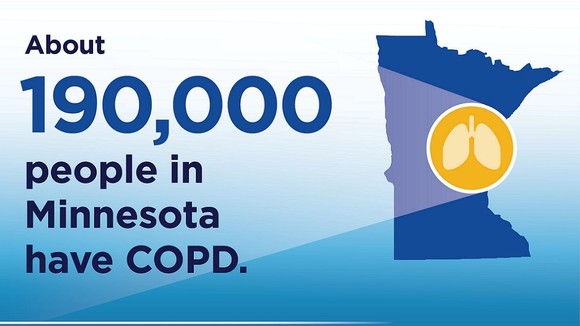
Eligible Hennepin Health members can get a ride to and from health care appointments. If you need transportation, you can get it:
- For medical and dental appointments
- For physical therapy appointments
- For mental/behavioral health and chemical dependency appointments
- For occupational therapy, acupuncture or chiropractic appointments
- To pick up your prescription at a pharmacy
Call us at 612-596-1036 (TTY 1-800-627-3529), Monday-Friday from 8 a.m. – 4:30 p.m. Call 3 days before you need transportation for best service.
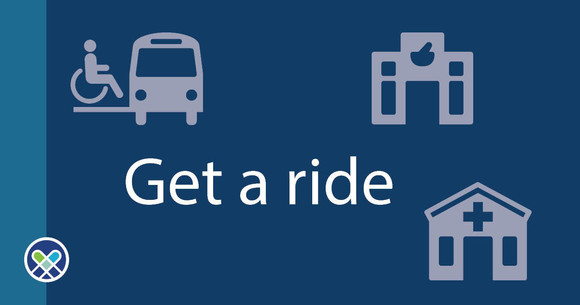
DHS approved 11/4/21, HC-1234-MC
|